

| Cruise Region : South America / Antarctica |
| Company : Azamara Cruises |
| Ship : Azamara Quest |
| Journey Start : չրք 16 փտվ 2028 |
| Journey End : չրք 22 մրտ 2028 |
| Count Nights : 35 nights |
| Day | Date | Port | Arrival | Departure |
|---|---|---|---|---|
| 1 | 16.02 չրք | Բուենոս Այրես / Argentina | ||
| 2 | 17.02 հնգ | Բուենոս Այրես / Argentina | 18:00 | |
| 3 | 18.02 ուր | Մոնտեվիդեո / Uruguay | 08:00 | 17:00 |
| 4 | 19.02 շբթ | Rio Grande - Rio Grande do Sul / Brazil | 14:00 | 21:00 |
| 5 | 20.02 կիր | Օր ծովում / Sea | ||
| 6 | 21.02 երկ | Պորտու Բելո / Brazil | 07:00 | 18:00 |
| 7 | 22.02 երք | Սան Ֆրանցիսկո դո Սուլ | 07:00 | 18:00 |
| 8 | 23.02 չրք | Պարանագուա | 07:00 | 20:00 |
| 9 | 24.02 հնգ | Սանտոս / Brazil | 08:30 | 22:00 |
| 10 | 25.02 ուր | Իլհաբելա / Brazil | 07:00 | 20:00 |
| 11 | 26.02 շբթ | Պարատի / Brazil | 07:00 | 23:00 |
| 12 | 27.02 կիր | Ռիո դե Ժանեյրո / Brazil | 08:00 | |
| 13 | 28.02 երկ | Ռիո դե Ժանեյրո / Brazil | 09:00 | |
| 14 | 29.02 երք | Ռիո դե Ժանեյրո / Brazil | 14:00 | |
| 15 | 1.03 չրք | Օր ծովում / Sea | ||
| 16 | 2.03 հնգ | Սալվադոր / Brazil | 13:00 | |
| 17 | 3.03 ուր | Սալվադոր / Brazil | 17:00 | |
| 18 | 4.03 շբթ | Օր ծովում / Sea | ||
| 19 | 5.03 կիր | Նատալ / Brazil | 10:30 | 20:00 |
| 20 | 6.03 երկ | Օր ծովում / Sea | ||
| 21 | 7.03 երք | Օր ծովում / Sea | ||
| 22 | 8.03 չրք | Բելեն / Brazil | 08:00 | 18:00 |
| 23 | 9.03 հնգ | Օր ծովում / Sea | ||
| 24 | 10.03 ուր | Թագավորական կաղնու | 08:00 | 17:00 |
| 25 | 11.03 շբթ | Օր ծովում / Sea | ||
| 26 | 12.03 կիր | Սքարբորո / Trinidad and Tobago | 08:00 | 18:00 |
| 27 | 13.03 երկ | Բրիջթաուն / Barbados | 08:00 | 18:00 |
| 28 | 14.03 երք | Սբ | 08:00 | 20:00 |
| 29 | 15.03 չրք | Castries / Saint Lucia | 08:00 | 20:00 |
| 30 | 16.03 հնգ | Սեն Պիեռ և Միքելոն / France | 08:00 | 22:00 |
| 31 | 17.03 ուր | Վարդ / Dominica | 08:00 | 17:00 |
| 32 | 18.03 շբթ | ՖԻԼԻՊՍԲՈՒՐԳ / Anguilla | 08:00 | 18:00 |
| 33 | 19.03 կիր | Tortola Road Town | 07:00 | 13:00 |
| 34 | 20.03 երկ | Օր ծովում / Sea | ||
| 35 | 21.03 երք | Օր ծովում / Sea | ||
| 36 | 22.03 չրք | Մայամի / USA | 06:00 |
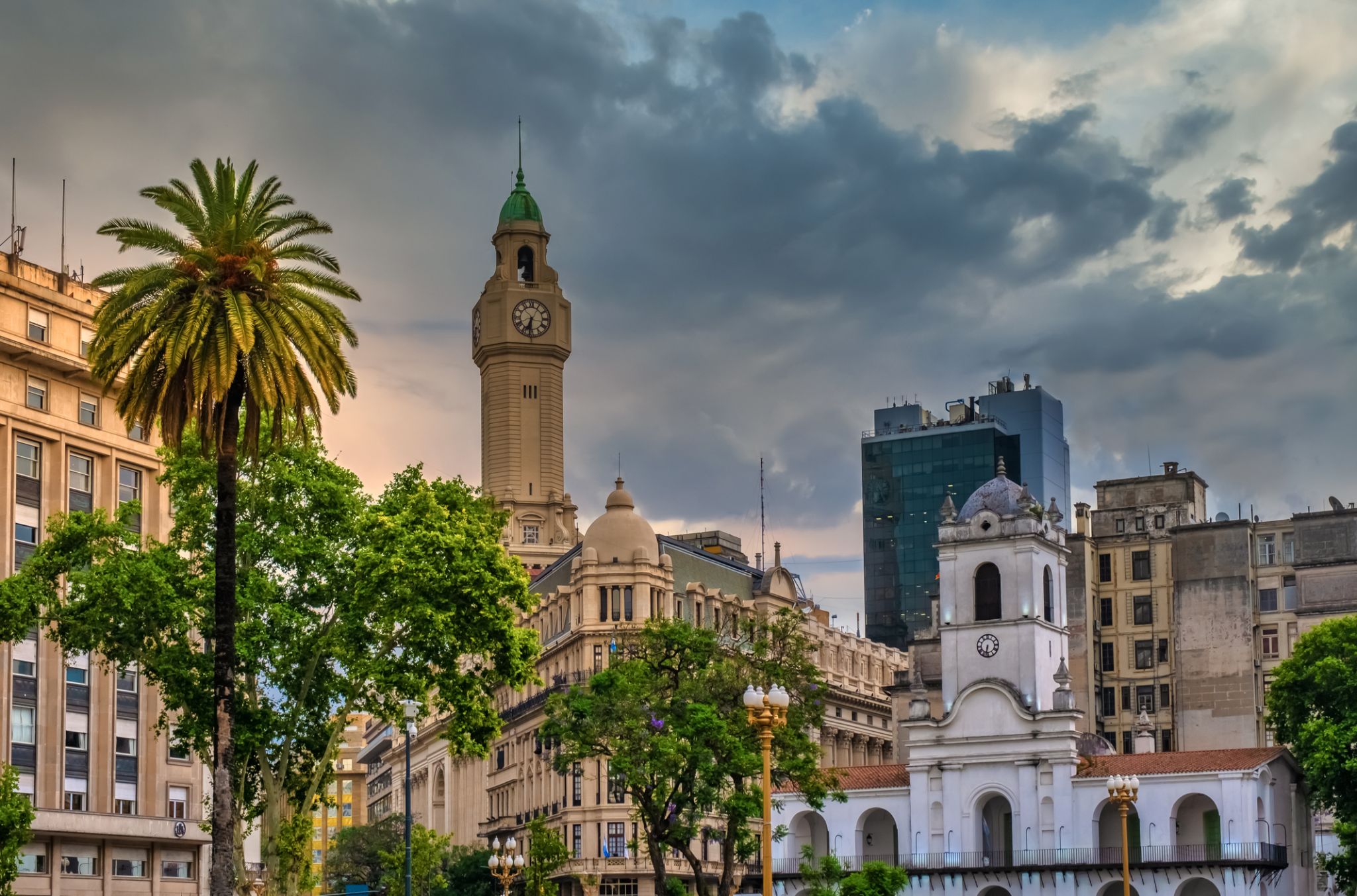
the capital city and chief port of Argentina, in the eastern central part of the country, on the Plata River; population 3,042,600 (est. 2008).

the capital city and chief port of Argentina, in the eastern central part of the country, on the Plata River; population 3,042,600 (est. 2008).
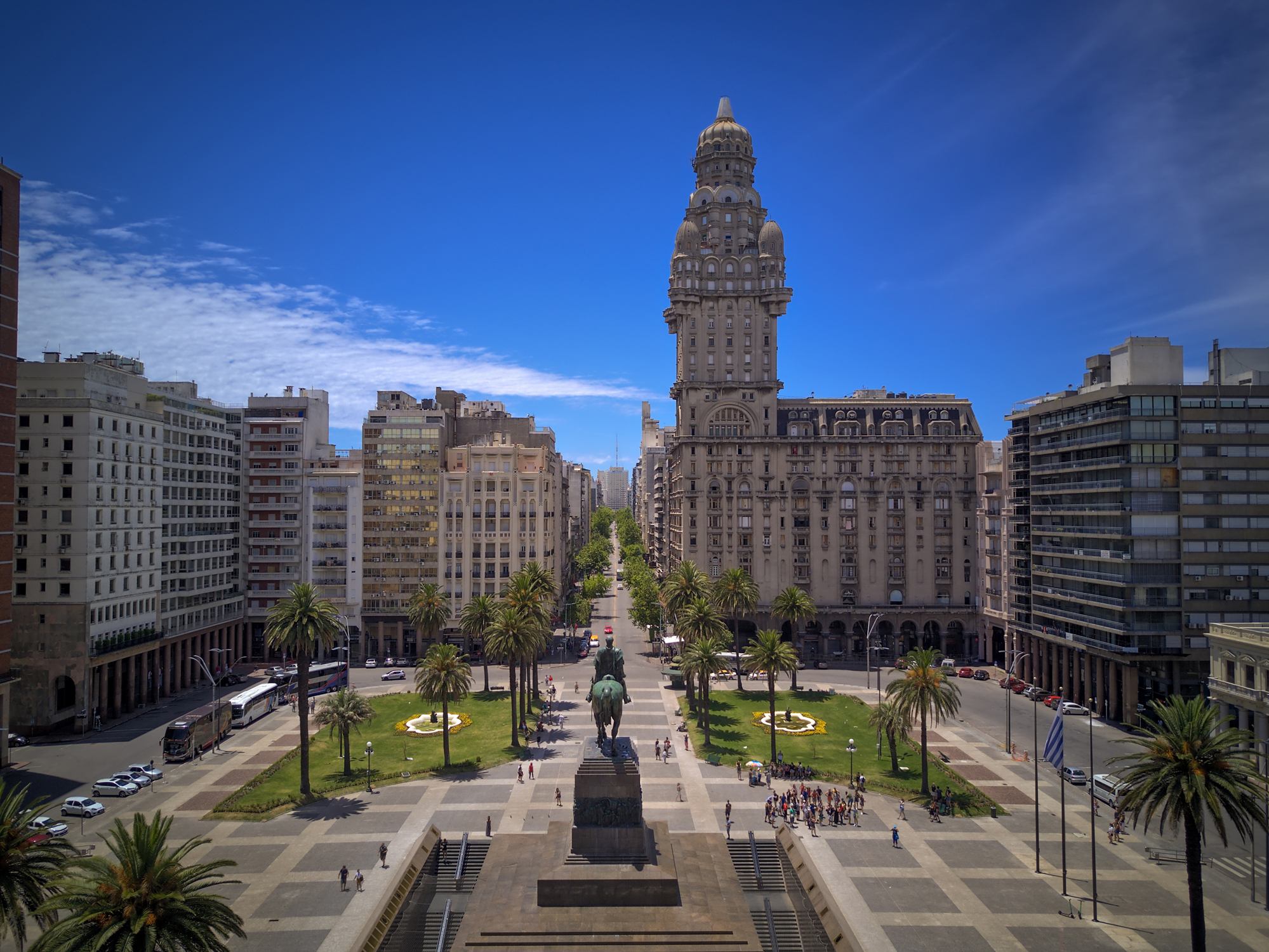
Montevideo is the capital and largest city of Uruguay. According to the 2011 census, the city proper has a population of 1,319,108 (about one-third of the country's total population) in an area of 201 square kilometres (78 sq mi). The southernmost capital city in the Americas, Montevideo is situated on the southern coast of the country, on the northeastern bank of the Río de la Plata.
The city was established in 1724 by a Spanish soldier, Bruno Mauricio de Zabala, as a strategic move amidst the Spanish-Portuguese dispute over the platine region. It was also under brief British rule in 1807. Montevideo is the seat of the administrative headquarters of Mercosur and ALADI, Latin America’s leading trade blocs, a position that entailed comparisons to the role of Brussels in Europe.





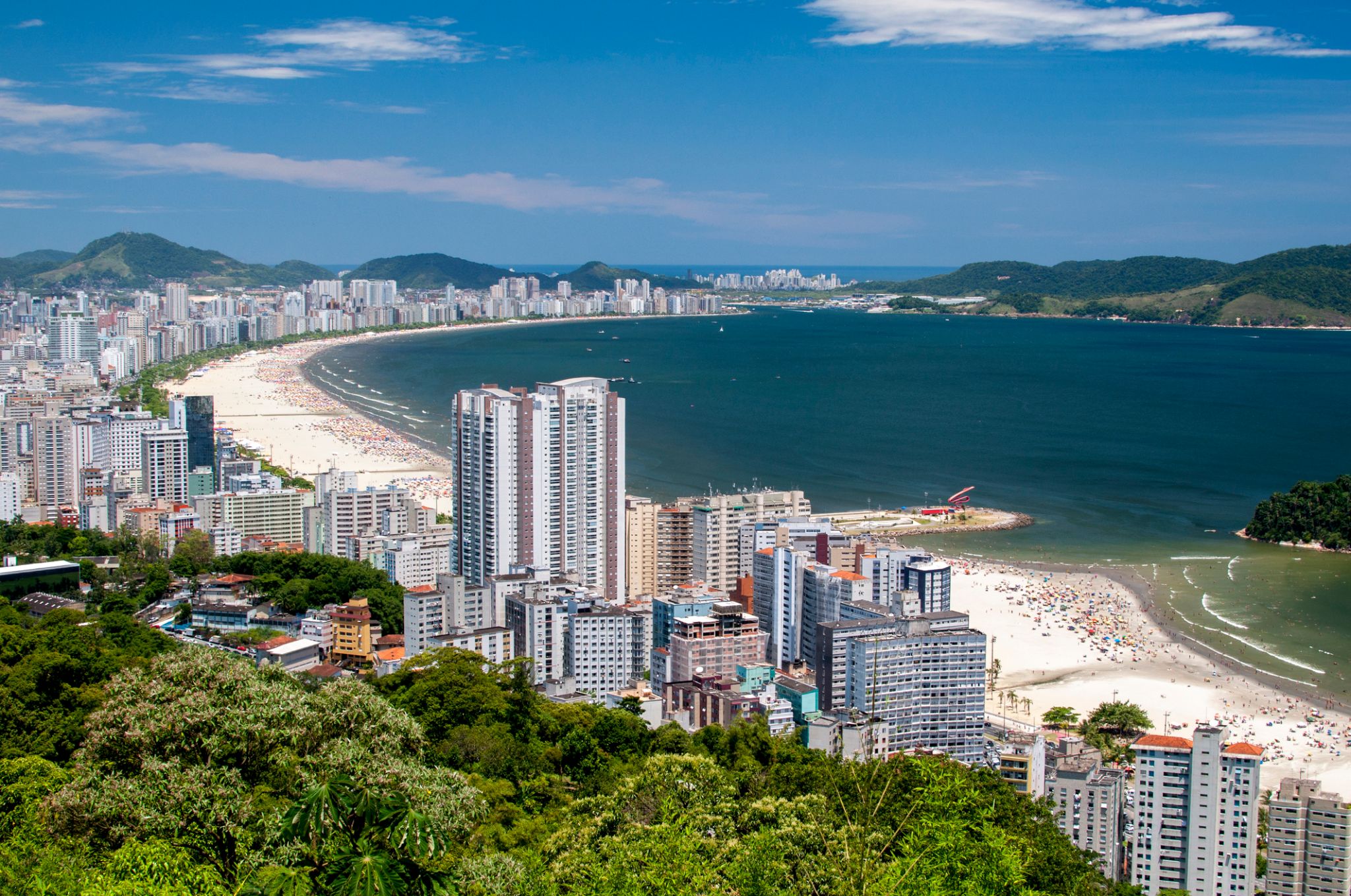
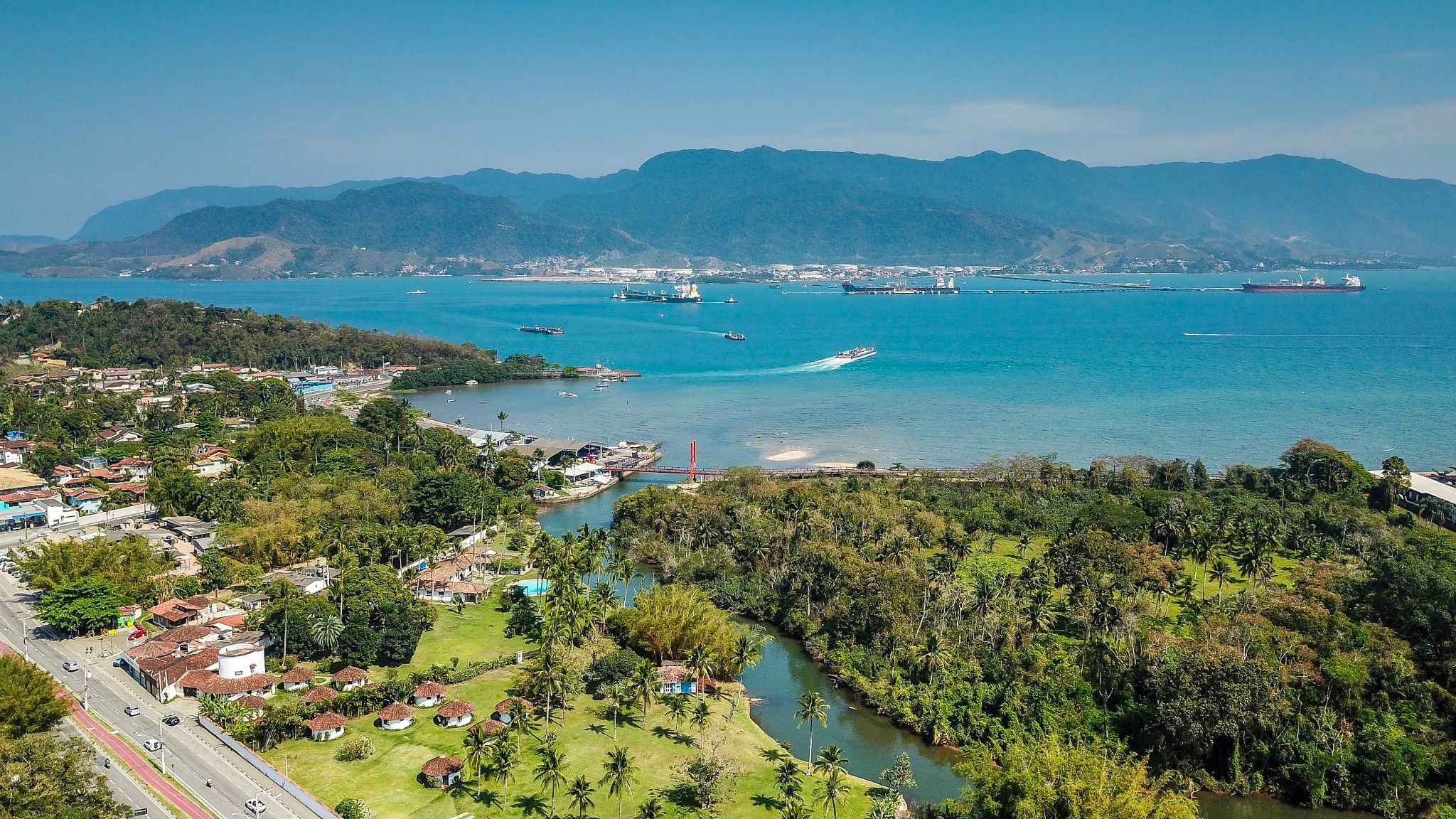
Իլհաբելա — բրազիլական դրախտ բնության և արկածների սիրահարների համար
Իլհաբելան գեղատեսիլ արխիպելագ է և ինքնավար համայնք Բրազիլիայի Սան Պաուլու նահանգում, որը կազմված է հիմնական կղզուց և մի քանի փոքր կղզիներից։ Անվանումը թարգմանվում է որպես «գեղեցիկ կղզի», և այն լիովին արդարացնում է իր անունը։ Կղզու տարածքի ավելի քան 80 տոկոսը ընդգրկված է Իլհաբելայի պետական պարկի կազմում, որտեղ կան խիտ արևադարձային անտառներ, ջրվեժներ և հետիոտն արահետներ։ Այս վայրը հայտնի է նավավարների, սուզորդների և բնության խաղաղությունը փնտրողների շրջանում։
Իլհաբելան հայտնի է ոչ միայն իր ոսկեգույն ավազով լողափերով և բյուրեղյա մաքուր ջրերով, այլև եզակի հնարավորությամբ՝ դիտելու կետերի միգրացիան։ Քաղաքում հաճախ անցկացվում են առագաստանավային ռեգատներ, այդ թվում՝ միջազգային մրցումներ։ Տուրիստները կարող են այցելել գաղութային շրջանի հնագույն շինություններ և վայելել ծովափնյա ռեստորանների մթնոլորտը՝ համտեսելով թարմ ծովամթերք։ Իլհաբելան համատեղում է անաղարտ բնությունը, ակտիվ հանգիստը և դանդաղկոտ ապրելակերպը՝ դառնալով իդեալական ուղղություն տարվա ցանկացած եղանակին։
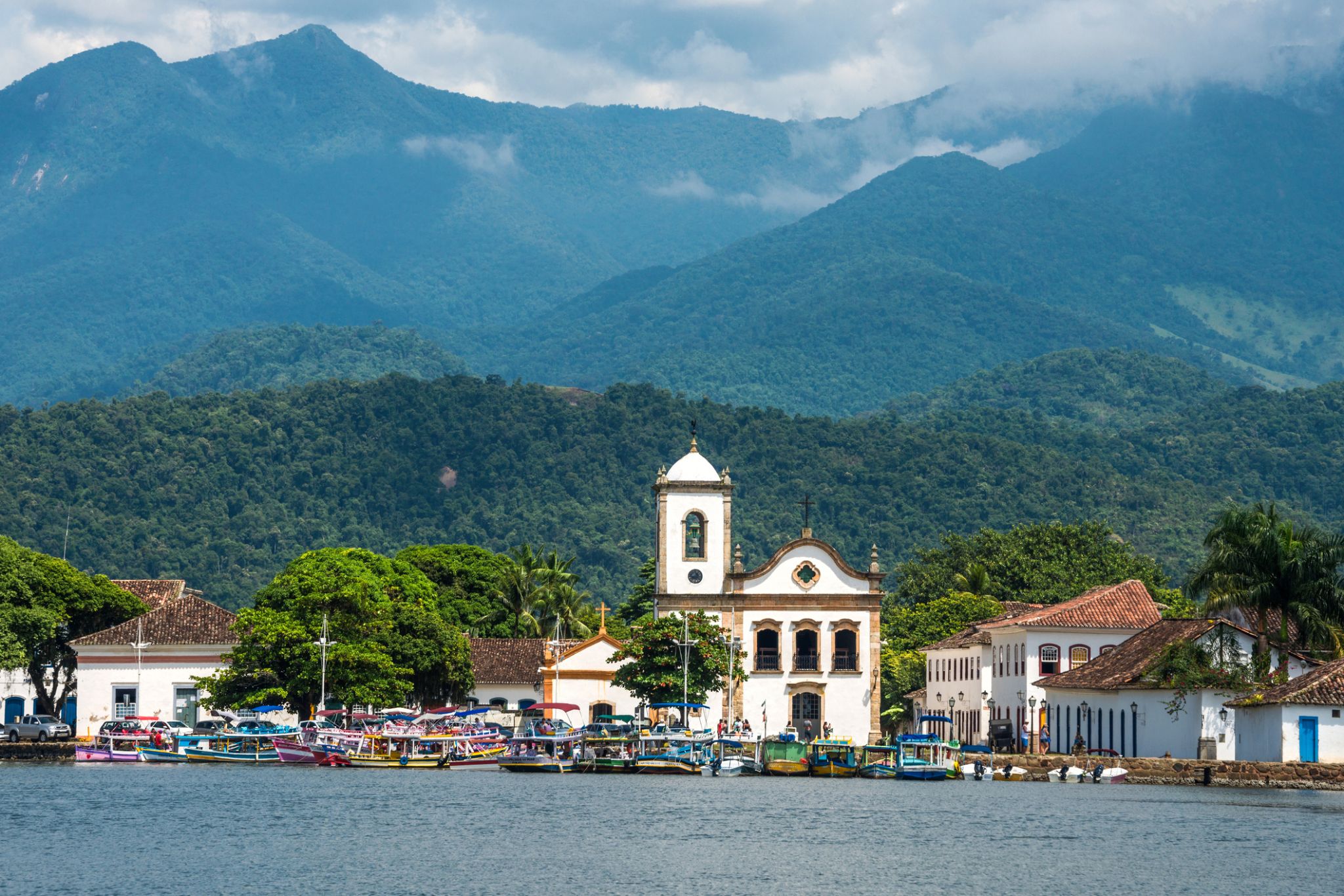
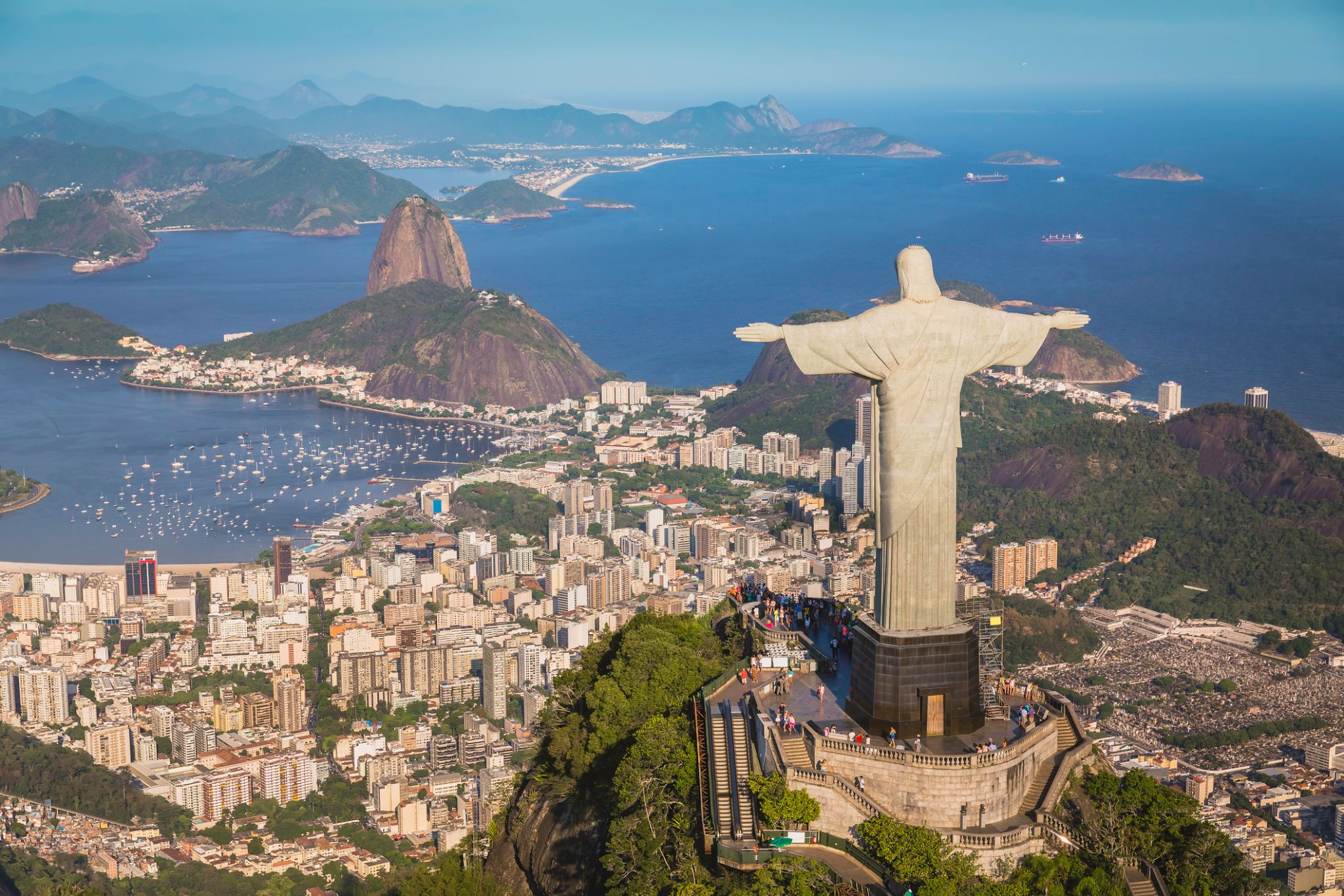
Rio de Janeiro is the second-most populous municipality in Brazil and the sixth-most populous in the Americas. The metropolis is anchor to the Rio de Janeiro metropolitan area, the second-most populous metropolitan area in Brazil and sixth-most populous in the Americas. Rio de Janeiro is the capital of the state of Rio de Janeiro, Brazil's third-most populous state. Part of the city has been designated as a World Heritage Site, named "Rio de Janeiro: CariocaLandscapes between the Mountain and the Sea", by UNESCO on 1 July 2012 as a Cultural Landscape.
Founded in 1565 by the Portuguese, the city was initially the seat of the Captaincy of Rio de Janeiro, a domain of the Portuguese Empire. Later, in 1763, it became the capital of the State of Brazil, a state of the Portuguese Empire. In 1808, when the Portuguese Royal Court transferred itself from Portugal to Brazil, Rio de Janeiro became the chosen seat of the court of Queen Maria I of Portugal, who subsequently, in 1815, under the leadership of her son, the Prince Regent, and future King João VI of Portugal, raised Brazil to the dignity of a kingdom, within the United Kingdom of Portugal, Brazil, and Algarves. Rio stayed the capital of the pluricontinental Lusitanian monarchy until 1822, when the War of Brazilian Independence began. This is one of the few instances in history that the capital of a colonising country officially shifted to a city in one of its colonies. Rio de Janeiro subsequently served as the capital of the independent monarchy, the Empire of Brazil, until 1889, and then the capital of a republican Brazil until 1960 when the capital was transferred to Brasília.

Rio de Janeiro is the second-most populous municipality in Brazil and the sixth-most populous in the Americas. The metropolis is anchor to the Rio de Janeiro metropolitan area, the second-most populous metropolitan area in Brazil and sixth-most populous in the Americas. Rio de Janeiro is the capital of the state of Rio de Janeiro, Brazil's third-most populous state. Part of the city has been designated as a World Heritage Site, named "Rio de Janeiro: CariocaLandscapes between the Mountain and the Sea", by UNESCO on 1 July 2012 as a Cultural Landscape.
Founded in 1565 by the Portuguese, the city was initially the seat of the Captaincy of Rio de Janeiro, a domain of the Portuguese Empire. Later, in 1763, it became the capital of the State of Brazil, a state of the Portuguese Empire. In 1808, when the Portuguese Royal Court transferred itself from Portugal to Brazil, Rio de Janeiro became the chosen seat of the court of Queen Maria I of Portugal, who subsequently, in 1815, under the leadership of her son, the Prince Regent, and future King João VI of Portugal, raised Brazil to the dignity of a kingdom, within the United Kingdom of Portugal, Brazil, and Algarves. Rio stayed the capital of the pluricontinental Lusitanian monarchy until 1822, when the War of Brazilian Independence began. This is one of the few instances in history that the capital of a colonising country officially shifted to a city in one of its colonies. Rio de Janeiro subsequently served as the capital of the independent monarchy, the Empire of Brazil, until 1889, and then the capital of a republican Brazil until 1960 when the capital was transferred to Brasília.

Rio de Janeiro is the second-most populous municipality in Brazil and the sixth-most populous in the Americas. The metropolis is anchor to the Rio de Janeiro metropolitan area, the second-most populous metropolitan area in Brazil and sixth-most populous in the Americas. Rio de Janeiro is the capital of the state of Rio de Janeiro, Brazil's third-most populous state. Part of the city has been designated as a World Heritage Site, named "Rio de Janeiro: CariocaLandscapes between the Mountain and the Sea", by UNESCO on 1 July 2012 as a Cultural Landscape.
Founded in 1565 by the Portuguese, the city was initially the seat of the Captaincy of Rio de Janeiro, a domain of the Portuguese Empire. Later, in 1763, it became the capital of the State of Brazil, a state of the Portuguese Empire. In 1808, when the Portuguese Royal Court transferred itself from Portugal to Brazil, Rio de Janeiro became the chosen seat of the court of Queen Maria I of Portugal, who subsequently, in 1815, under the leadership of her son, the Prince Regent, and future King João VI of Portugal, raised Brazil to the dignity of a kingdom, within the United Kingdom of Portugal, Brazil, and Algarves. Rio stayed the capital of the pluricontinental Lusitanian monarchy until 1822, when the War of Brazilian Independence began. This is one of the few instances in history that the capital of a colonising country officially shifted to a city in one of its colonies. Rio de Janeiro subsequently served as the capital of the independent monarchy, the Empire of Brazil, until 1889, and then the capital of a republican Brazil until 1960 when the capital was transferred to Brasília.

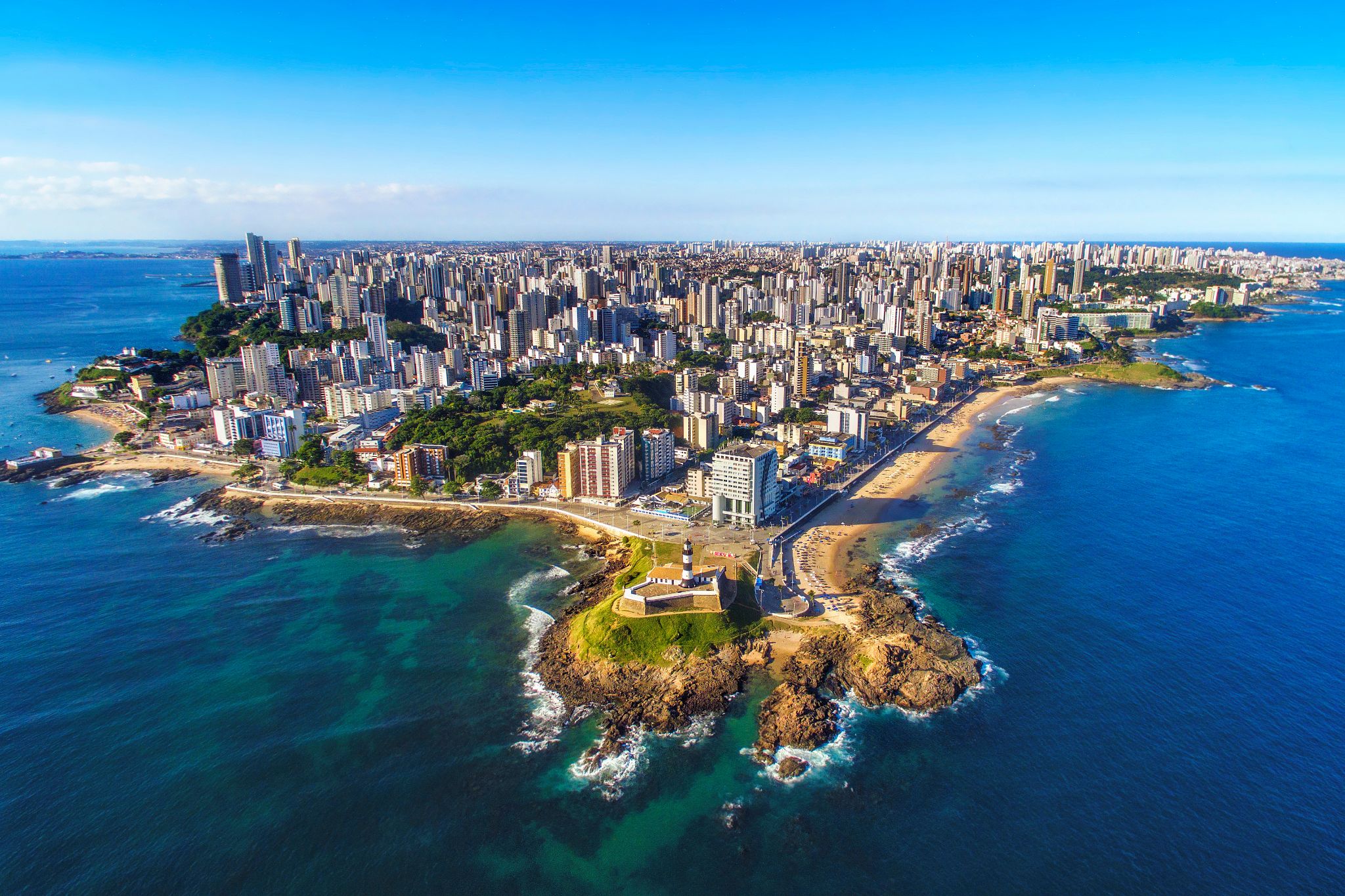
Salvador is the capital of Bahia state and was formerly the first capital of Brazil. Salvador is known for its endless number of churches, as well as for being a land of majestic fortresses. After visiting these places, it is also worth taking a look at the Chapada Diamantina National Park – the most interesting natural park in Brazil. In Salvador, there reigns an atmosphere of joy, revelry, and holidays – this is due to the fact that the local population was influenced by Africa. In Salvador, you can always admire the natural beauty of this area. You will be enchanted by the sensuality of this land, and you will be able to discover a piece of its mysterious power.

Salvador is the capital of Bahia state and was formerly the first capital of Brazil. Salvador is known for its endless number of churches, as well as for being a land of majestic fortresses. After visiting these places, it is also worth taking a look at the Chapada Diamantina National Park – the most interesting natural park in Brazil. In Salvador, there reigns an atmosphere of joy, revelry, and holidays – this is due to the fact that the local population was influenced by Africa. In Salvador, you can always admire the natural beauty of this area. You will be enchanted by the sensuality of this land, and you will be able to discover a piece of its mysterious power.

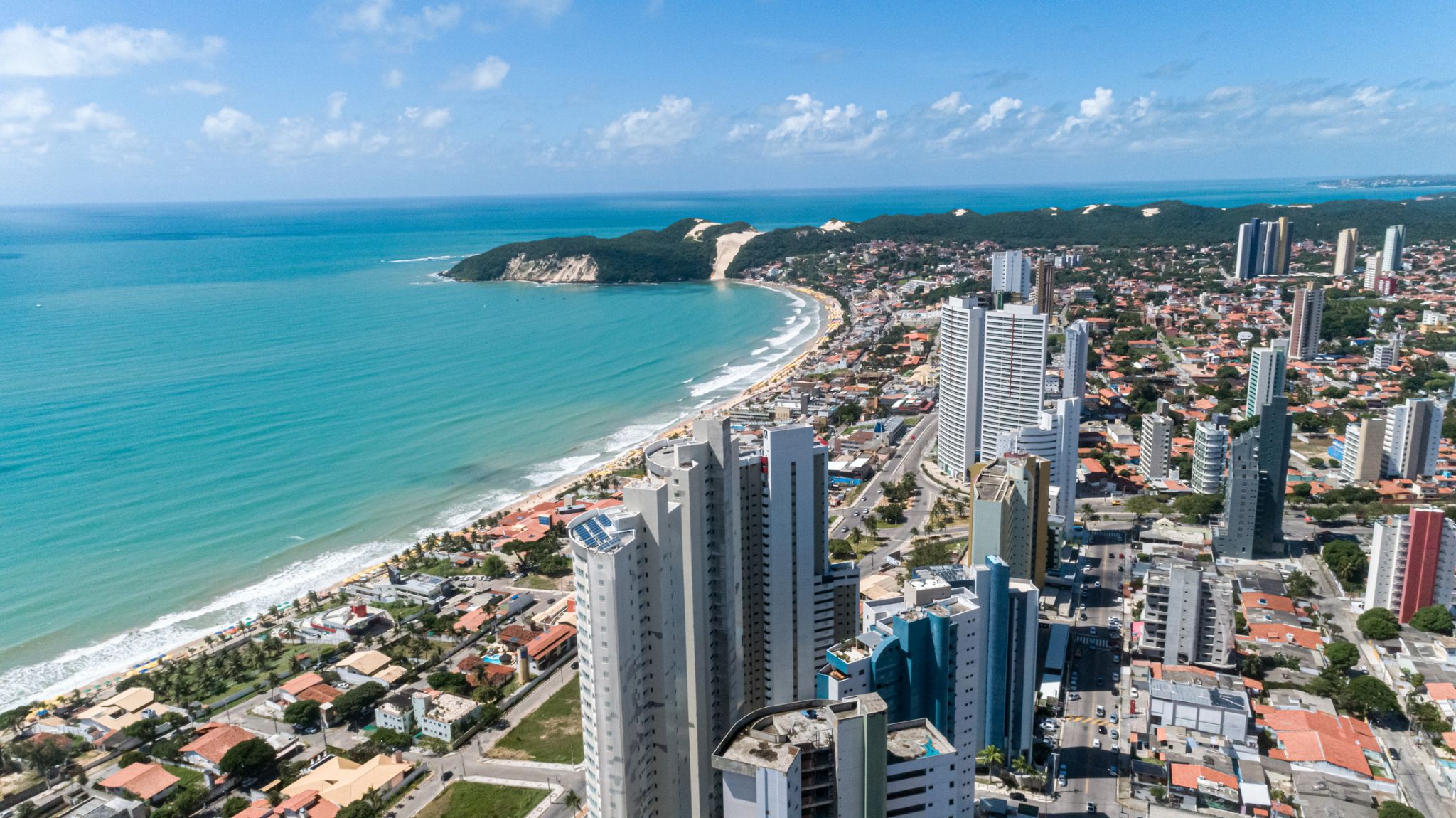






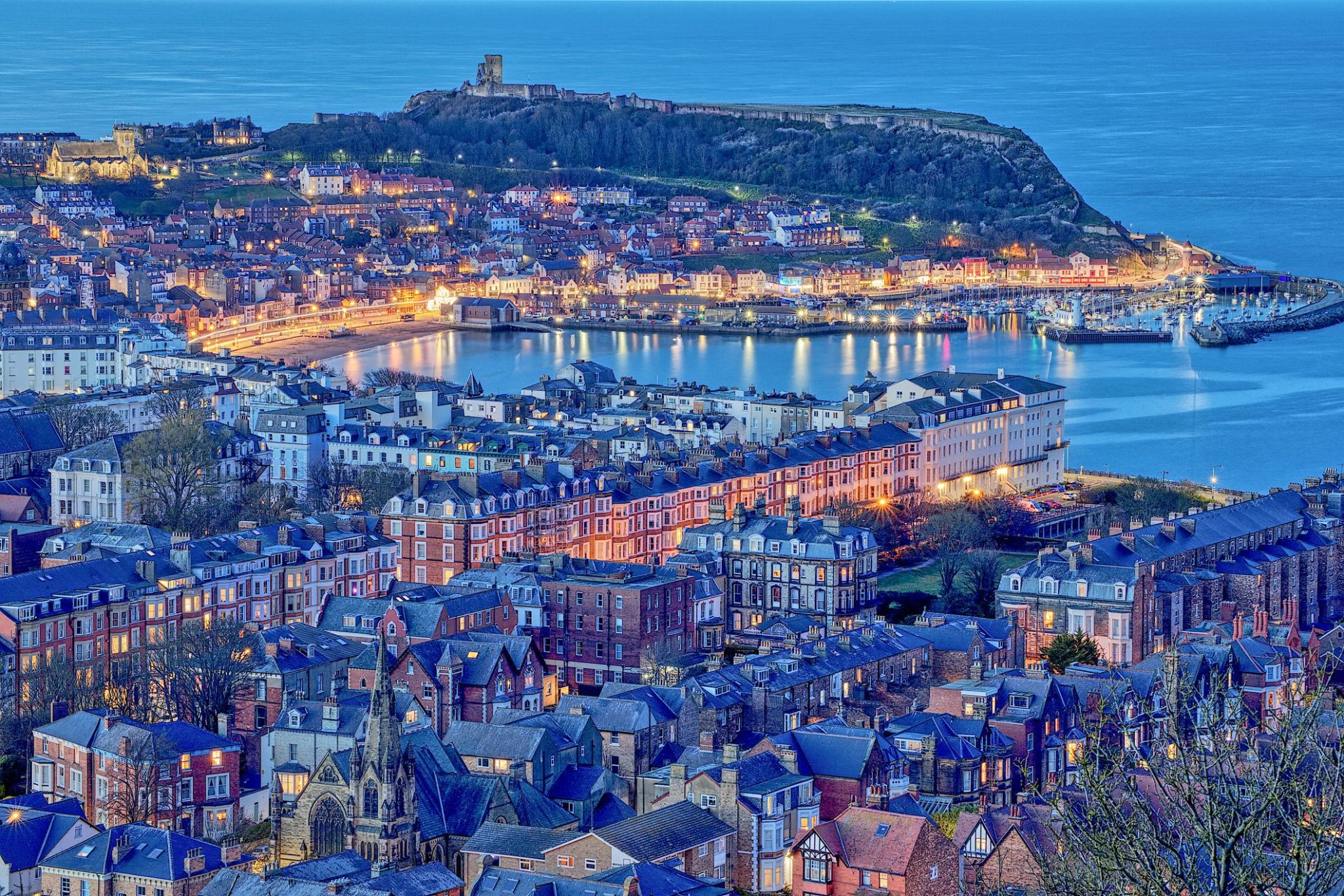
Սքարբորոն (Տոբագո) հմայիչ քաղաք է, որը գտնվում է Տոբագո կղզու արևելյան ափին՝ Կարիբյան ծովում։ Որպես կղզու մայրաքաղաք՝ այն հանդիսանում է Տոբագոյի մշակութային և պատմական կենտրոնը։ Քաղաքը հայտնի է իր գունեղ փողոցներով, աշխույժ շուկաներով և հնագույն շինություններով, որոնք ներդաշնակորեն միաձուլվում են ժամանակակից կառուցապատման հետ։ Քաղաքի հիմնական տեսարժան վայրերից է Սուրբ Աննայի եկեղեցին, կառուցված 1770 թվականին, որն ունի կարևոր պատմական նշանակություն։ Տեղացիների շուկան նույնպես գրավում է զբոսաշրջիկներին՝ իր թարմ մրգերով, համեմունքներով և ձեռագործ աշխատանքներով։
Բացի մշակութային տեսարժան վայրերից՝ Սքարբորոն նաև առաջարկում է բնության հրաշալի տեսարաններ։ Մոտակայքում կան սպիտակ ավազով և բյուրեղյա մաքուր ջրով լողափեր, որոնք հարմար են լողալու և սուզվելու համար։ Հատուկ հայտնի է Փլեզընթ ծոցը՝ իր տեսարժան բնապատկերներով և հարուստ ստորջրյա աշխարհով։ Սքարբորոն նաև իդեալական մեկնարկային կետ է ամբողջ Տոբագոն ուսումնասիրելու և ակտիվ հանգիստ վայելելու համար։
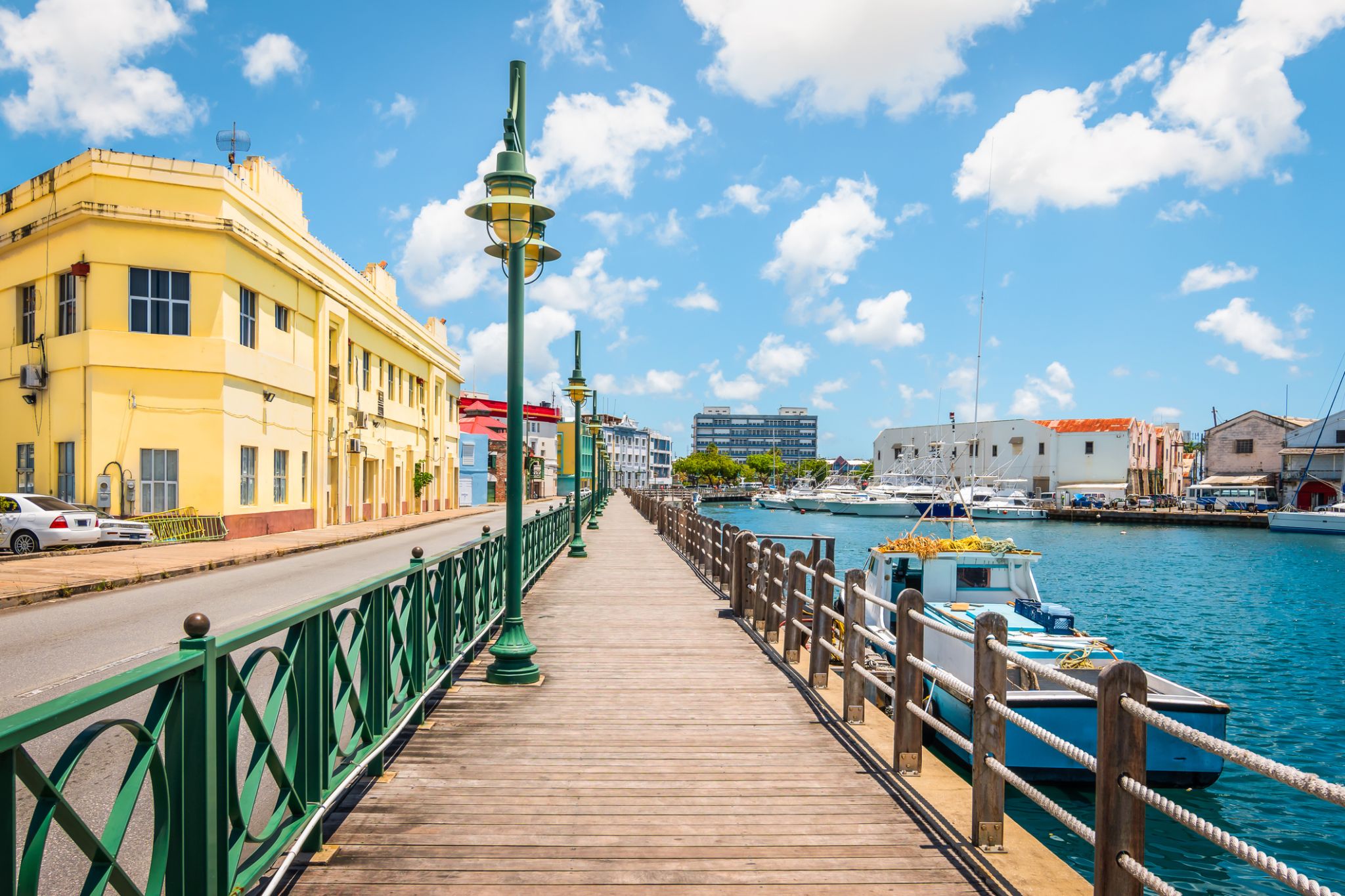
Բրիջթաունը Բարբադոսի մայրաքաղաքն ու ամենամեծ քաղաքն է։ Նախկինում հայտնի էր որպես Սեն Մայքլի քաղաք, իսկ այժմյան Մեծ Բրիջթաունի տարածքը գտնվում է Սեն Մայքլ ծխում։ Տեղացիները երբեմն անվանում են այն «Քաղաք», սակայն առավել հաճախ պարզապես «Թաուն»։ 2014 թվականի տվյալներով մետրոպոլիտենային շրջանի բնակչությունը կազմում էր մոտավորապես 110,000։
Բրիջթաունի նավահանգիստը գտնվում է Քարլայլի ծոցի ափին (13.106° հս․ լ, 59.632° ար․ երկ․)՝ կղզու հարավ-արևմտյան մասում։ Մեծ Բրիջթաունի որոշ հատվածներ (որոնք պայմանականորեն սահմանվում են ABC մայրուղով) մոտ են հարևան Քրայսթ Չերչ և Սենթ Ջեյմս ծխերի սահմաններին։ Բարբադոսի Գրանտլի Ադամս միջազգային օդանավակայանը գտնվում է քաղաքի կենտրոնից 16 կմ դեպի հարավ-արևելք և ունի ամենօրյա թռիչքներ դեպի Միացյալ Թագավորություն, ԱՄՆ, Կանադա և Կարիբյան տարածաշրջան։ Այժմ քաղաքը չունի տեղական ինքնակառավարման մարմին, սակայն հանդիսանում է ազգային խորհրդարանի ընտրատարածք։ 1950-60-ականների Բրիտանական Արևմտյան Հնդկաստանի կարճաժամկետ դաշնության ժամանակ Բրիջթաունը համարվում էր դաշնային մայրաքաղաքի հնարավոր թեկնածու քաղաքներից մեկը։
Քաղաքի ներկայիս վայրը հիմնադրվել է անգլիացի վերաբնակիչների կողմից 1628 թվականին։ Մինչ այդ Սըր Ուիլյամ Կուրթենի ղեկավարությամբ բնակեցում եղել է Սենթ Ջեյմս Թաունում։ Բրիջթաունը Կարիբյան տարածաշրջանի կարևոր զբոսաշրջային ուղղություններից մեկն է, ինչպես նաև ֆինանսական, տեղեկատվական, համաժողովային կենտրոն և նավային զբոսաշրջության հանգույց։ 2011 թվականի հունիսի 25-ին «Պատմական Բրիջթաունը և դրա կայազորը» ընդգրկվել է ՅՈւՆԵՍԿՕ-ի Համաշխարհային ժառանգության ցանկում։

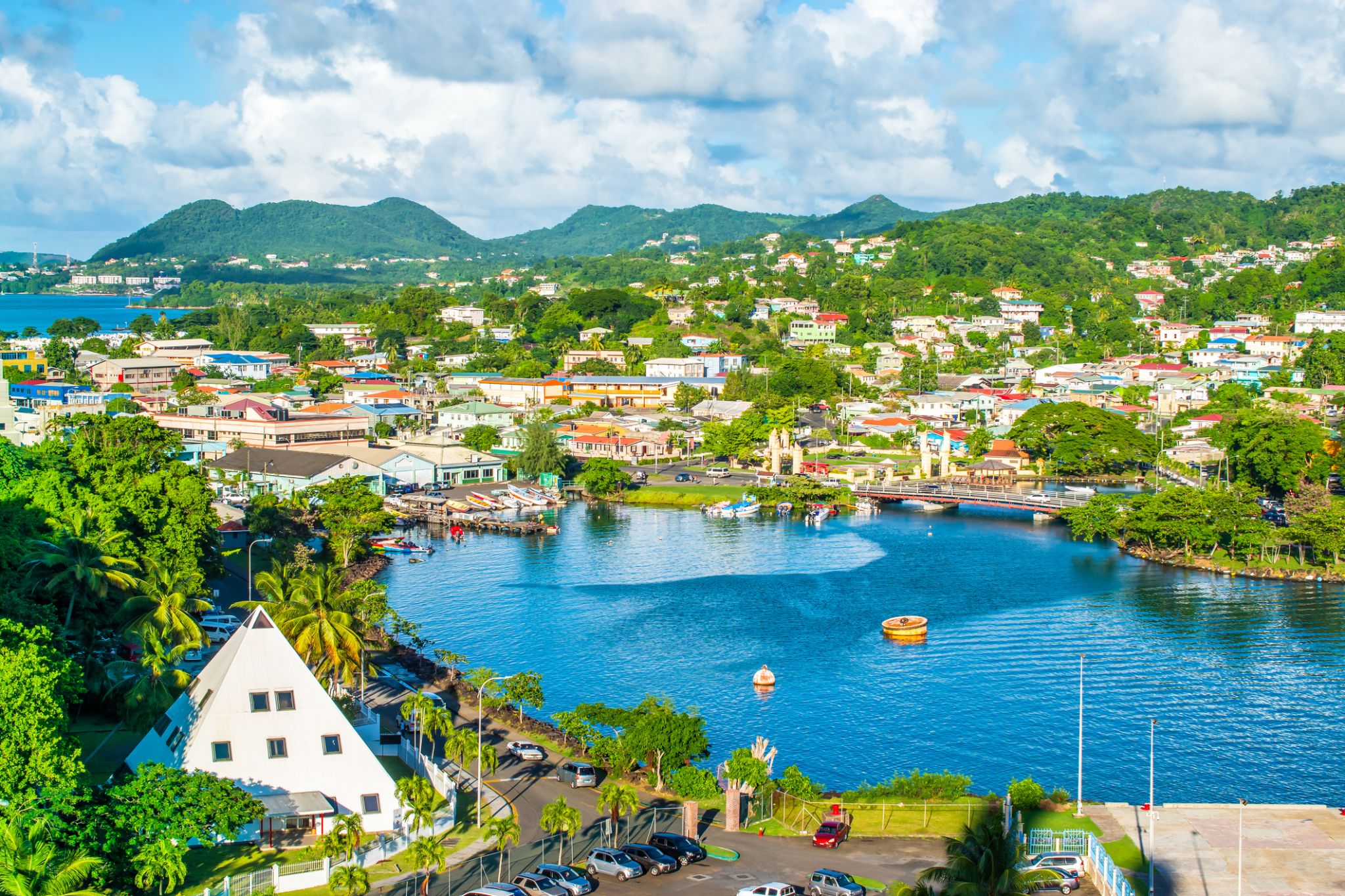
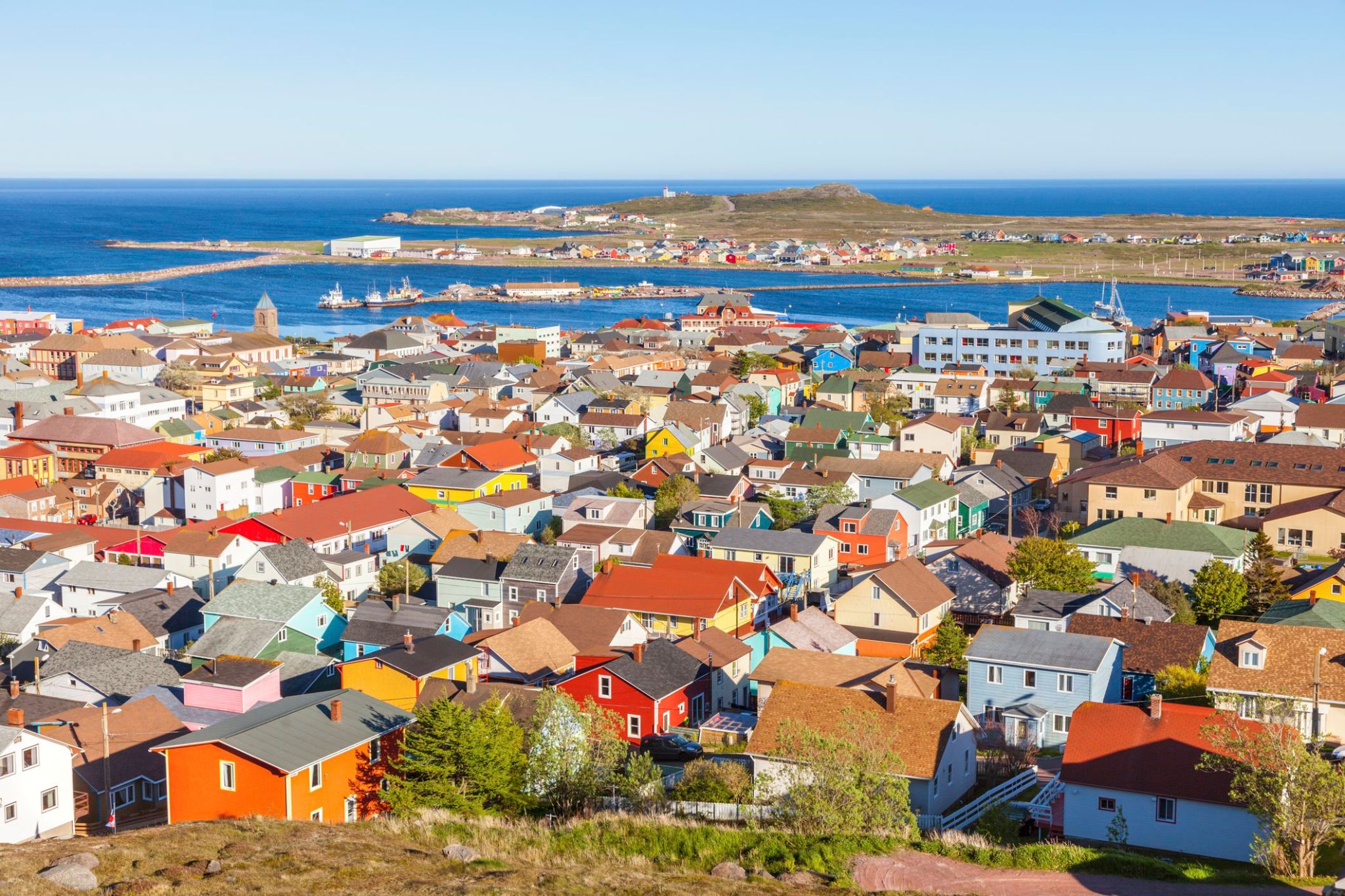
Սեն-Պիեռ և Միկելոն փոքրիկ ֆրանսիական կղզախումբ է, որը գտնվում է Կանադայի Նյուֆաունդլենդ և Լաբրադոր նահանգի ափերին մոտ։ Սա Ֆրանսիայի վերջին տարածքն է Հյուսիսային Ամերիկայում, որտեղ գործում է եվրոն, ֆրանսիական օրենքները, և փողոցներում կարելի է զգալ Եվրոպայի շունչը՝ բուլկեղենի խանութներով, բագետով և գունավոր տներով՝ հյուսիսատլանտյան վայրի բնության ֆոնին։
Կղզախումբը բաղկացած է երկու հիմնական կղզուց՝ աշխույժ Սեն-Պիեռից և ավելի վայրի Միկելոնից։ Այստեղ կարելի է տեսնել կետերի միգրացիան, քայլել արահետներով կամ շրջել հեծանիվով ու ձնագնացներով։ Հետաքրքիր փաստ՝ ԱՄՆ-ի արգելքի ժամանակաշրջանում Սեն-Պիեռը կարևոր հանգույց էր ալկոհոլի ապօրինի փոխադրման համար, որի մասին կարելի է տեղեկանալ տեղական թանգարանում։
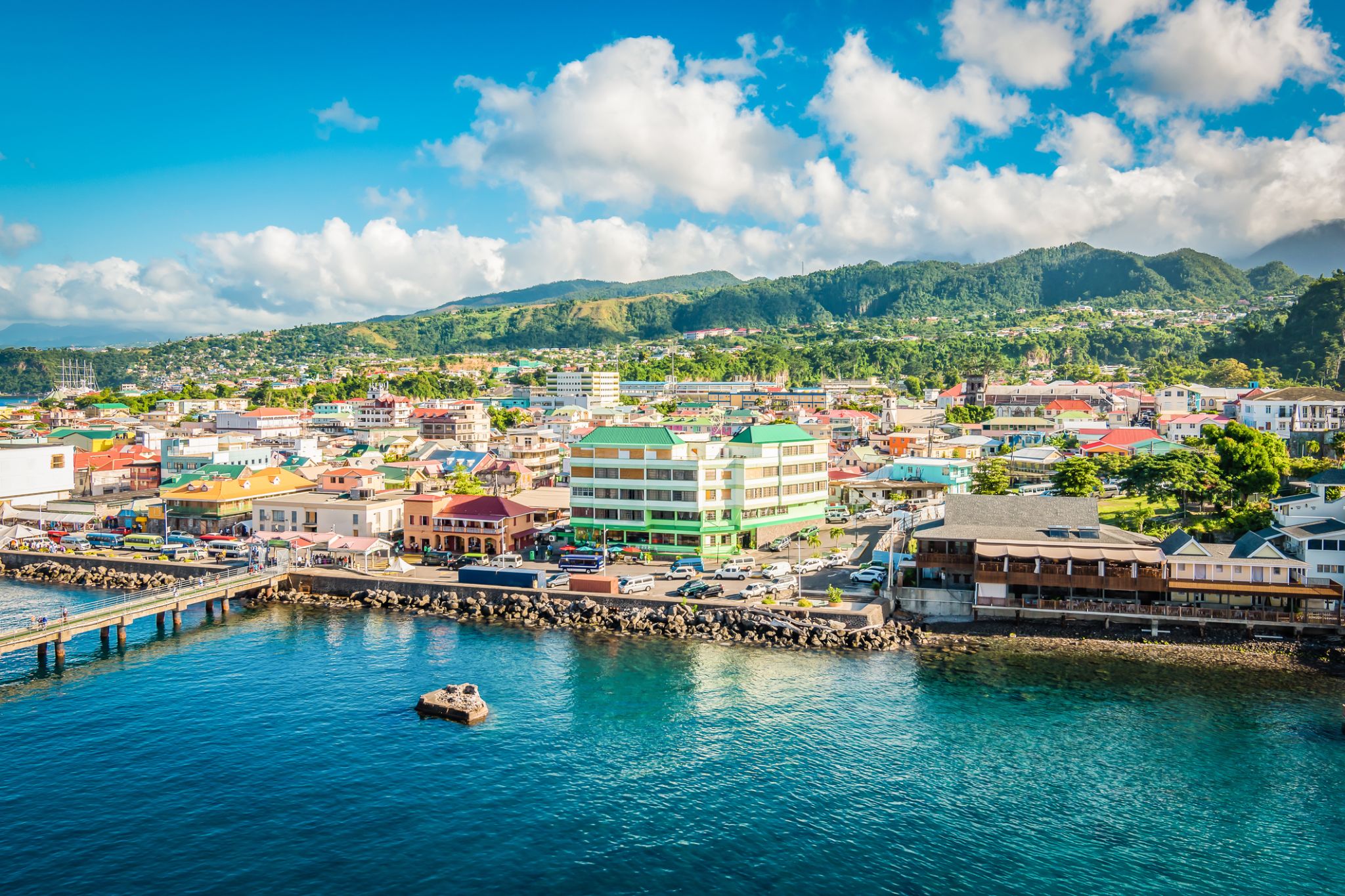
Dominica, officially the Commonwealth of Dominica, is an island country in the West Indies. The capital, Roseau, is located on the western side of the island. It is part of the Windward Islands in the Lesser Antilles archipelago in the Caribbean Sea. The island is located near Guadeloupe to the northwest and Martinique to the south-southeast. Its area is 750 km2 (290 sq mi), and the highest point is Morne Diablotins, at 1,447 m (4,747 ft) in elevation. The population was 71,293 at the 2011 census. The Commonwealth of Dominica is one of the Caribbean's few republics.
The island was originally inhabited by the Kalinago and later colonised by Europeans, predominantly by the French from the 1690s to 1763. Columbus is said to have passed the island on Sunday 3 November 1493, and the island's name is derived from the Latin for "Sunday". Great Britain took possession in 1763 after the Seven Years' War, and it gradually established English as its official language. The island republic gained independence in 1978.
Its name is pronounced with emphasis on the third syllable, related to its French name of Dominique. Dominica has been nicknamed the "Nature Isle of the Caribbean" for its natural environment. It is the youngest island in the Lesser Antilles, and in fact it is still being formed by geothermal-volcanic activity, as evidenced by the world's second-largest hot spring, called Boiling Lake. The island has lush mountainous rainforests, and it is the home of many rare plants, animals, and bird species. There are xeric areas in some of the western coastal regions, but heavy rainfall occurs inland. The Sisserou parrot, also known as the imperial amazon and found only on Dominica, is the island's national bird and featured on the national flag, which is one of only two national flags containing the color purple.




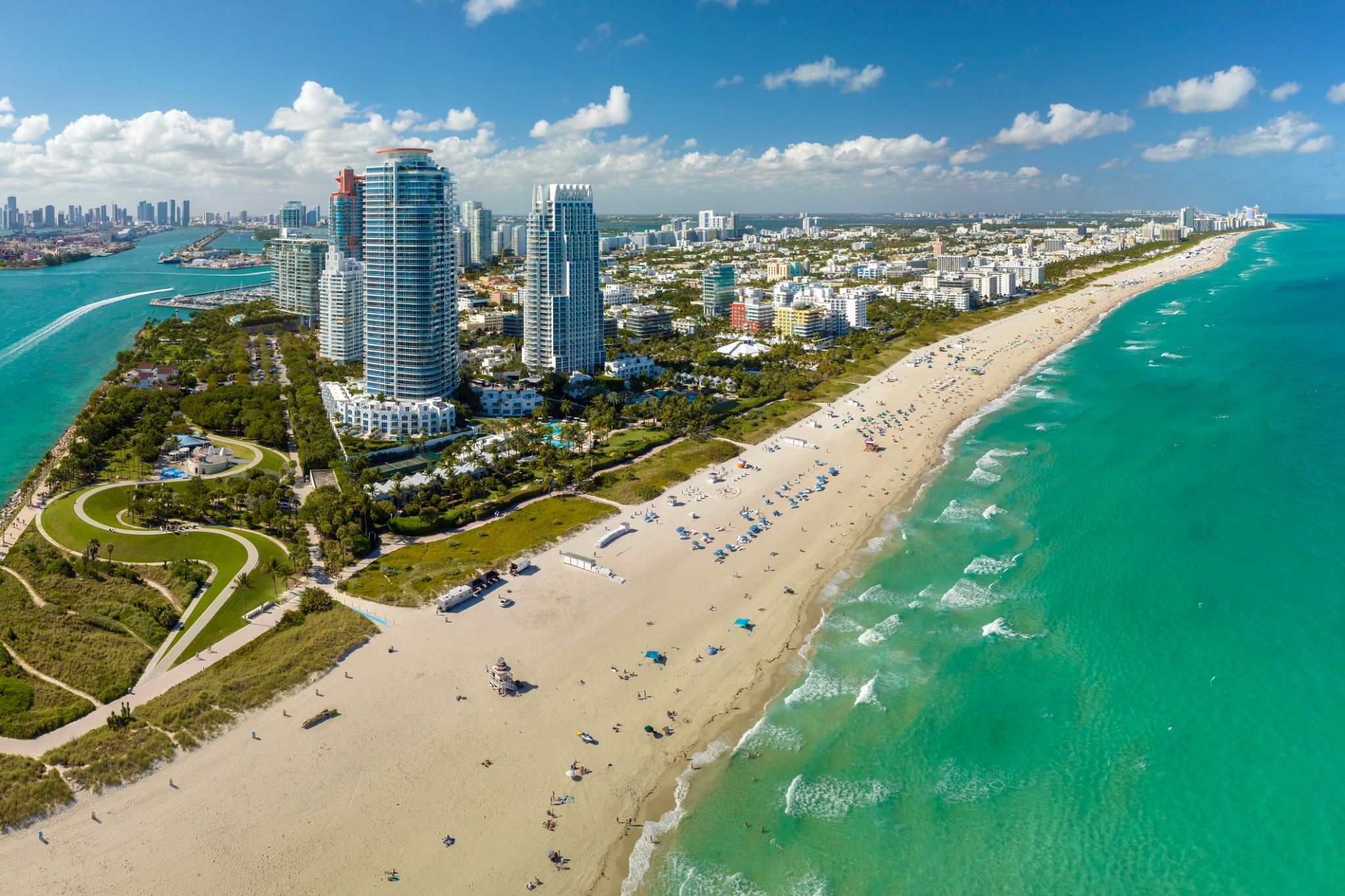
Miami, officially the City of Miami, is the cultural, economic and financial center of South Florida. Miami is the seat of Miami-Dade County, the most populous county in Florida. The city covers an area of about 56.6 square miles (147 km2), between the Everglades to the west and Biscayne Bay on the east; with a 2017 estimated population of 463,347, Miami is the sixth most densely populated major city in the United States. The Miami metropolitan area is home to 6.1 million people and the seventh-largest metropolitan area in the nation. Miami's metro area is the second-most populous metropolis in the southeastern United States and fourth-largest urban area in the U.S.
Miami is a major center, and a leader in finance, commerce, culture, media, entertainment, the arts, and international trade. The Miami Metropolitan Area is by far the largest urban economy in Florida and the 12th largest in the United States with a GDP of $344.9 billion as of 2017. In 2012, Miami was classified as an "Alpha−" level world city in the World Cities Study Group's inventory. In 2010, Miami ranked seventh in the United States and 33rd among global cities in terms of business activity, human capital, information exchange, cultural experience, and political engagement. In 2008, Forbes magazine ranked Miami "America's Cleanest City", for its year-round good air quality, vast green spaces, clean drinking water, clean streets, and citywide recycling programs. According to a 2009 UBS study of 73 world cities, Miami was ranked as the richest city in the United States, and the world's seventh-richest city in terms of purchasing power. Miami is nicknamed the "Capital of Latin America" and is the largest city with a Cuban-American plurality.
Greater Downtown Miami has one of the largest concentrations of international banks in the United States, and is home to many large national and international companies. The Civic Center is a major center for hospitals, research institutes, medical centers, and biotechnology industries. For more than two decades, the Port of Miami, known as the "Cruise Capital of the World", has been the number one cruise passenger port in the world. It accommodates some of the world's largest cruise ships and operations, and is the busiest port in both passenger traffic and cruise lines. Metropolitan Miami is also a major tourism hub in the southeastern U.S. for international visitors, ranking number two in the country after New York City.